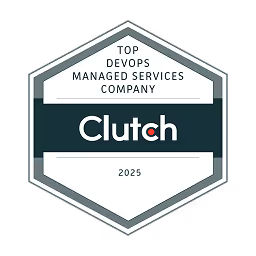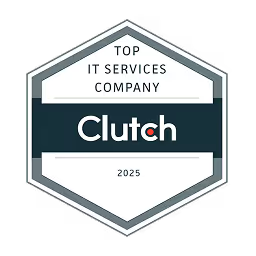





.avif)
.avif)
.avif)
.avif)
.avif)
.avif)
.avif)
.avif)

.avif)
.avif)
.avif)
.avif)
.avif)
.avif)
.avif)
.avif)

.avif)
.avif)
.avif)
.avif)
.avif)
.avif)
.avif)
.avif)


Cloud adoption solutions refer to strategies, tools, services, and best practices organizations use to transition from traditional on-premises IT infrastructure to cloud computing environments.
These solutions help businesses leverage cloud technologies to achieve their operational, strategic, and financial goals. The primary objective is to enable organizations to adopt cloud services seamlessly, securely, and cost-effectively while minimizing risks and maximizing benefits.


First, cloud adoption provides greater scalability and flexibility, enabling businesses to easily adjust their resources based on demand. It is useful for companies with fluctuating workloads, as they can scale services up or down without costly infrastructure investments. Cloud computing offers faster time-to-market, allowing companies to deploy applications and services more quickly by eliminating delays associated with procuring and maintaining hardware.
Another significant benefit is enhanced collaboration and efficiency. Cloud solutions allow team members to access applications and data from anywhere, improving productivity and facilitating real-time collaboration across dispersed teams. Security and disaster recovery are also strengthened, as cloud providers offer advanced security features and automated backup solutions, ensuring business continuity during disruptions.


One of the most significant challenges is managing security and compliance. Moving data to the cloud increases the need for robust security protocols to protect sensitive information. Many companies struggle with ensuring that cloud deployments meet compliance requirements, especially in highly regulated industries like healthcare and finance. Cloud environments also introduce data privacy and security complexities, requiring organizations to implement strict identity and access management (IAM) controls, encryption, and continuous monitoring.
Another major challenge is cost management and optimization. Without proper oversight, companies may overprovision resources, leading to increased operational expenses. Additionally, skill gaps are a common hurdle, as organizations often lack the in-house expertise to manage cloud technologies effectively.


The best practice involves tight communication between you and possible candidates for the position of cloud adoption solution provider. You can’t judge just by price or the promise of the shortest time for all SoW (Scope of Work).
Review the provider’s portfolio exactly in your domain, get in touch with previous clients to get more than online testimonials, and check if their plans include your plans and your current situation. The best companies can solve the main task of cloud adoption and a list of complementary challenges.
Contact us to get inspired regarding communication with cloud adoption providers. We hope to meet your expectations.

Cloud adoption solutions support digital transformation by providing scalable, flexible, and innovative platforms enabling businesses to rapidly develop and deploy new applications, integrate advanced technologies like AI and machine learning, and optimize operations. These solutions help organizations move away from traditional IT infrastructure, improve collaboration, and enhance customer experiences, all while maintaining cost-efficiency and agility in a competitive marketplace.

Cost considerations for cloud adoption solutions include both upfront and ongoing expenses. Organizations must account for migration costs, including potential infrastructure changes and staff training. Once migrated, the pay-as-you-go model of cloud services helps optimize expenses, but improper resource allocation can lead to unexpected cost overruns.
Operational costs such as data transfer, storage, and scaling must also be monitored closely, and tools for cost optimization should be leveraged to avoid overprovisioning. Additionally, cloud providers often offer pricing models that vary based on service type (IaaS, PaaS, SaaS), making it essential to choose the right model for the business.